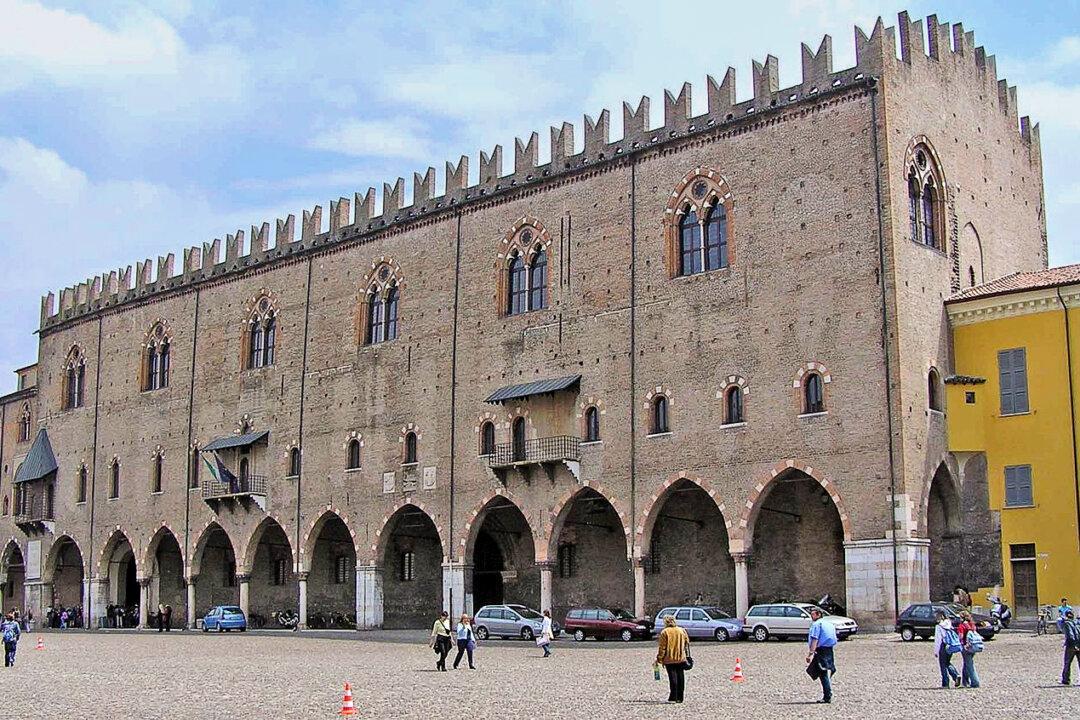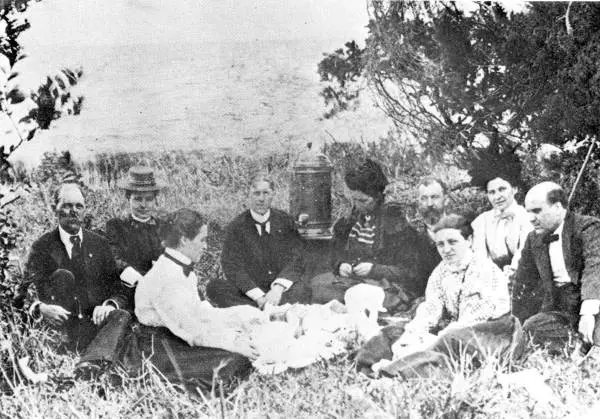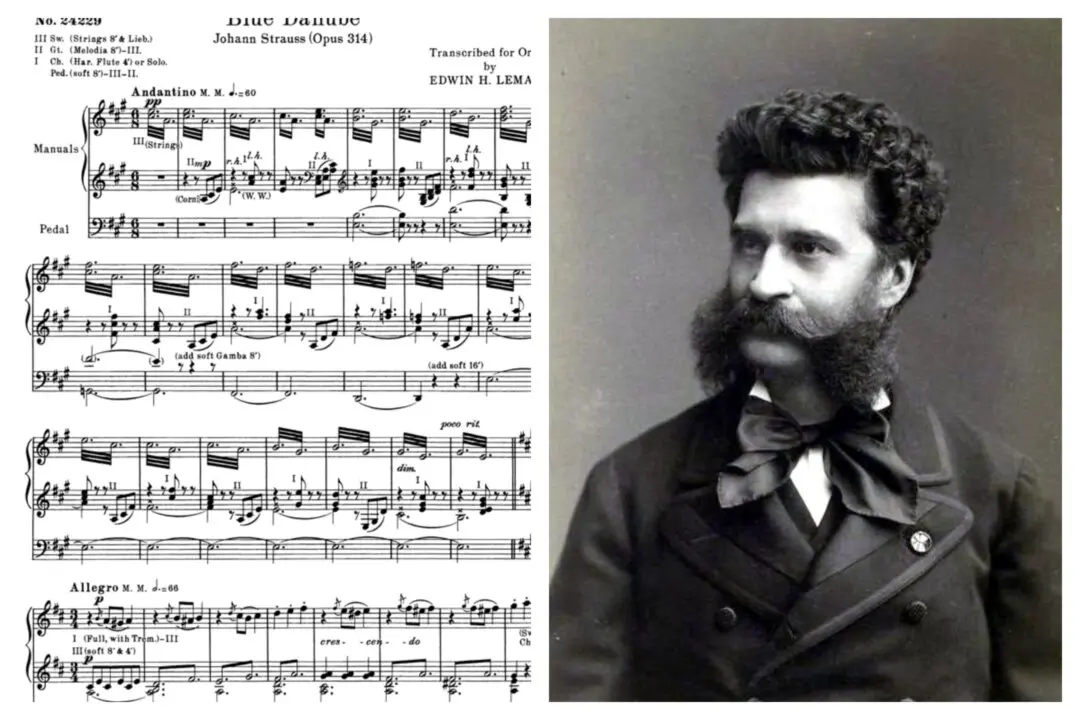“Among the blessings that come by chance upon mankind, the birth of an artistic genius may well be the greatest.” So begins Leo Schrade’s influential 1950 biography of the Baroque composer Claudio Monteverdi. Its title, “Monteverdi: Creator of Modern Music,” says it all. In flowery language, Schrade made an eloquent argument for the Italian as “the first and greatest among musicians” for not only his revolutionary technical innovations, but the way he blended art with human drama.
Music historians love nothing more than to argue, and more recent biographers have taken issue with Schrade’s sweeping claim, highlighting some of Monteverdi’s more traditional musical elements by placing his work within the context of its time. Nevertheless, Schrade’s basic argument is not that far-fetched. Only a handful of composers can match Monteverdi in importance.





